Tips and Tricks for Working LEO Satellites
Tips and Tricks for Working LEO Satellites
Though working amateur radio satellites was in my wish list ever since I got my amatuer radio license in 1985, I have been able to succeed only in the recent few months. That does not mean that I have been trying to work Low Earth Orbit Amateur Radio Satellites for decades. I have been reading well and writing a bit about satellite operations ever since January 2023 when I returned as an SWL after a long break from Amateur Radio.
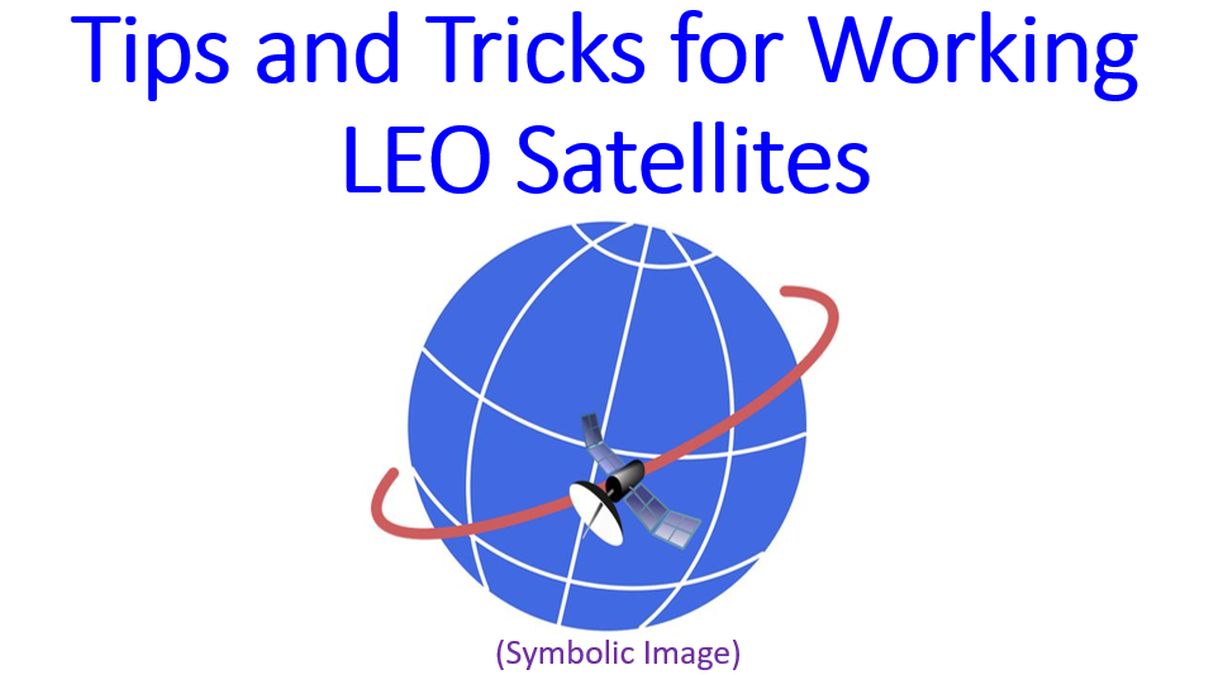
The real breakthrough came when a LEO Satellite Repeater Contact group was formed in our region and we started active discussions. Even before that, I had come to know that a full duplex radio is ideal for satellite operations. A directional dual band (VHF/UHF) Yagi antenna with a diplexer was another requirement when you use a full duplex radio, to prevent your transmitted signal from overloading the receiving side. Another option was to have two radios and two antennas, separated by a distance, which would do away with the need for a diplexer.
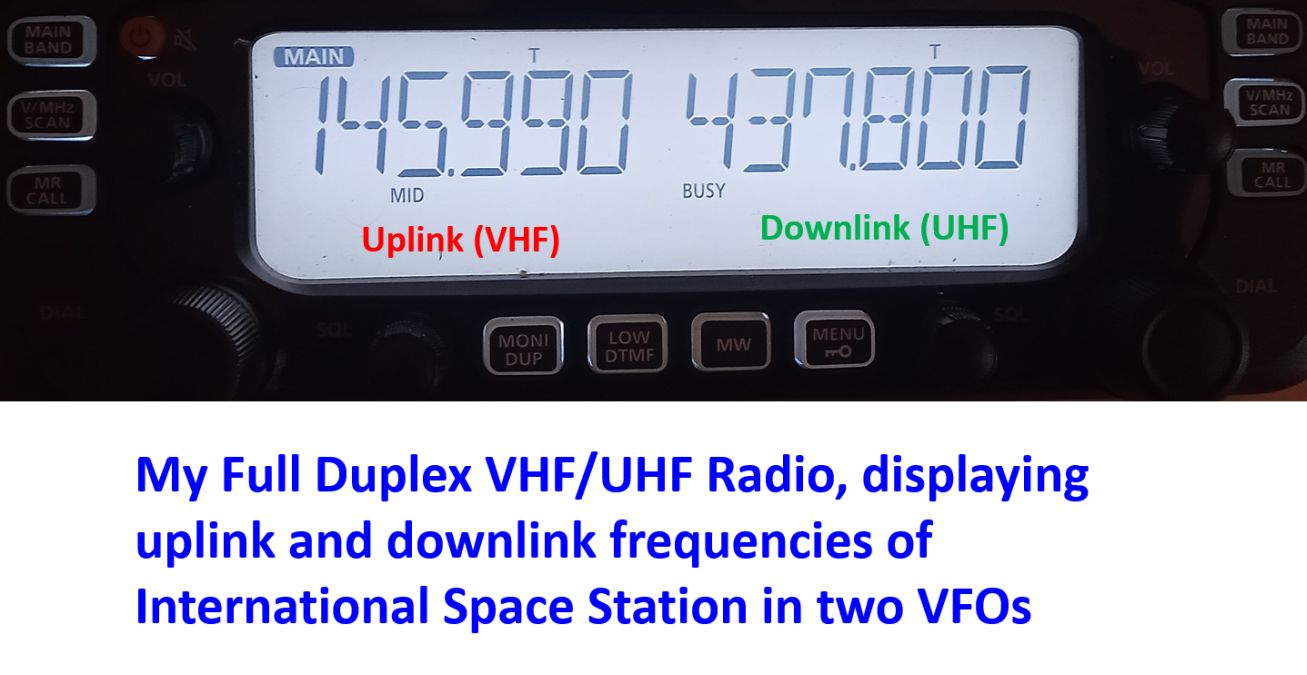
Then comes the question of antenna rotation. Yagi antenna being highly directional, has to be rotated along the azimuth and elevation tracking the movement of the satellite. An app like Heavens Above can be displayed in a mobile phone, which is attached near the handgrip of a portable Yagi antenna. This will show the azimuth and elevation of the satellite movement and antenna can be rotated accordingly. In case of a visible pass of the international space station, it is possible to point the antenna with help of visual tracking as well, which is only possible in a good climatic condition and at night.
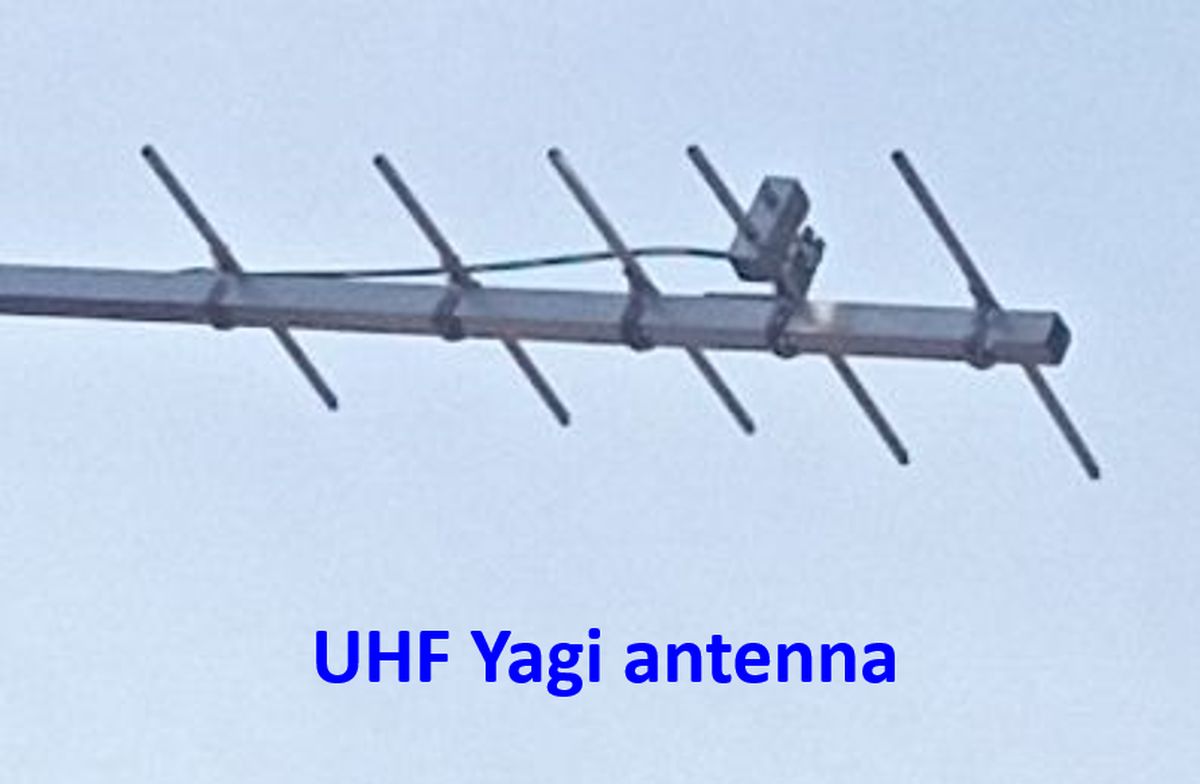
Ideal type of Yagi antenna for satellite work is a cross Yagi with circular polarization. But it is possible to work several of the passes of LEO satellites even with ordinary Yagi antennas with linear polarization. You can rotate the axis of the antenna according to the received signal, just like you tune your radio for a better signal.

Doppler shift of the signals from the fast moving satellites have to be taken into account. It is like the whistle of a train which is moving towards you and one that is moving away from you. We know from the change in the pitch of the whistle whether it is moving towards you or away from you. As the satellite rises above the horizon (Acquisition of signal or AOS), the apparent frequency of the downlink decreases gradually till it reaches the Time of Closest Approach or TCA. Usually it is at this time that frequency reaches to nominal frequency given in the charts. Beyond that the downlink frequency falls below the nominal frequency till LOS or Loss of Signal.
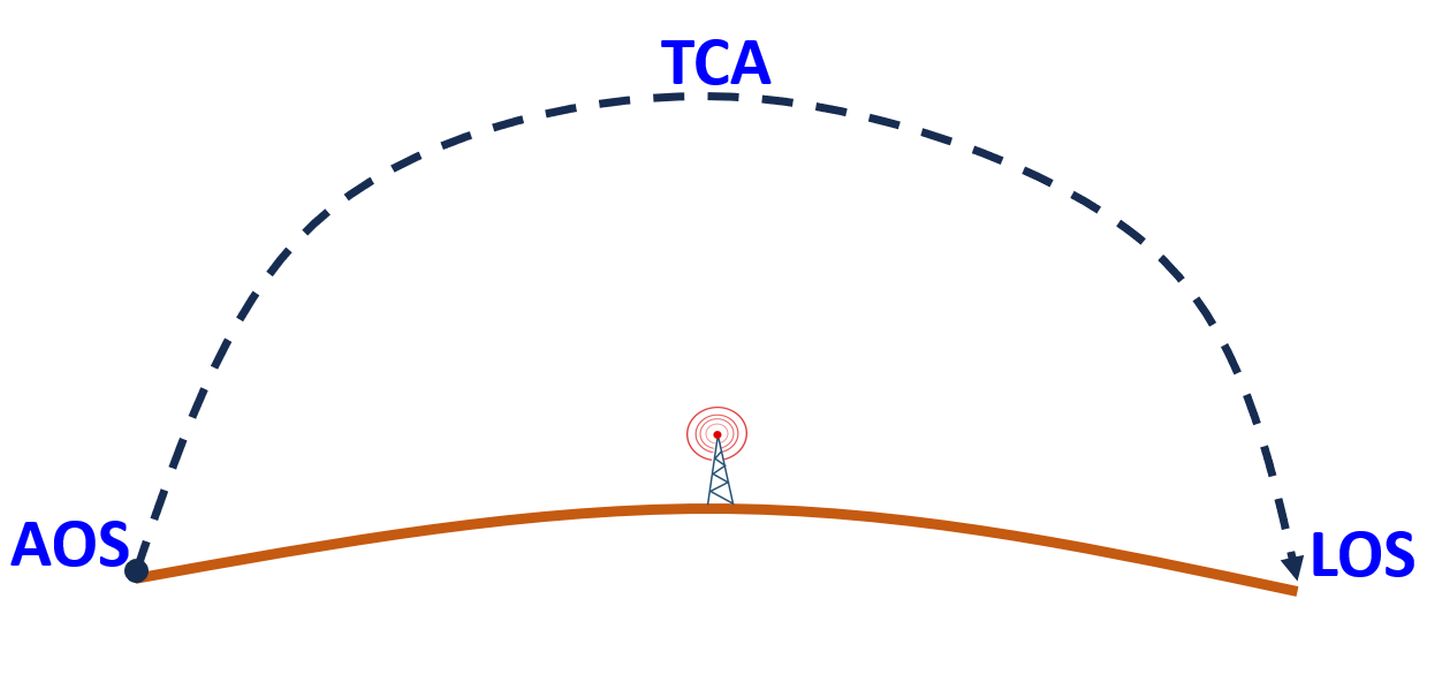
In case of uplink frequency the reverse occurs. You have to transmit below the nominal uplink frequency in the beginning of the pass, and transmit almost at the nominal frequency near TCA and above the nominal uplink frequency beyond that. Most of the LEO satellite passes will be around 10 minutes duration. An important aspect to be remembered while transmitting on the uplink frequency of a satellite is that one has to monitor one’s own voice coming on the downlink. If this important principle is not observed, there is every chance of doubling with another station and causing QRM to others.
Sometimes it could be a high elevation pass for you while it is a low elevation pass for another operator. If you transmit without listening, you could prevent the other operator from working a DX station which comes up on low elevation. This is just like the principle of throwing a stone upwards. If you throw it up vertically, it will land on your head. If you throw it at a low angle, it will land at a great distance. I know that this comparison is not absolute, as the stone reaches maximum distance if you throw it at 45 degrees angle, while good DX is received at elevations of 10 degrees or lesser.
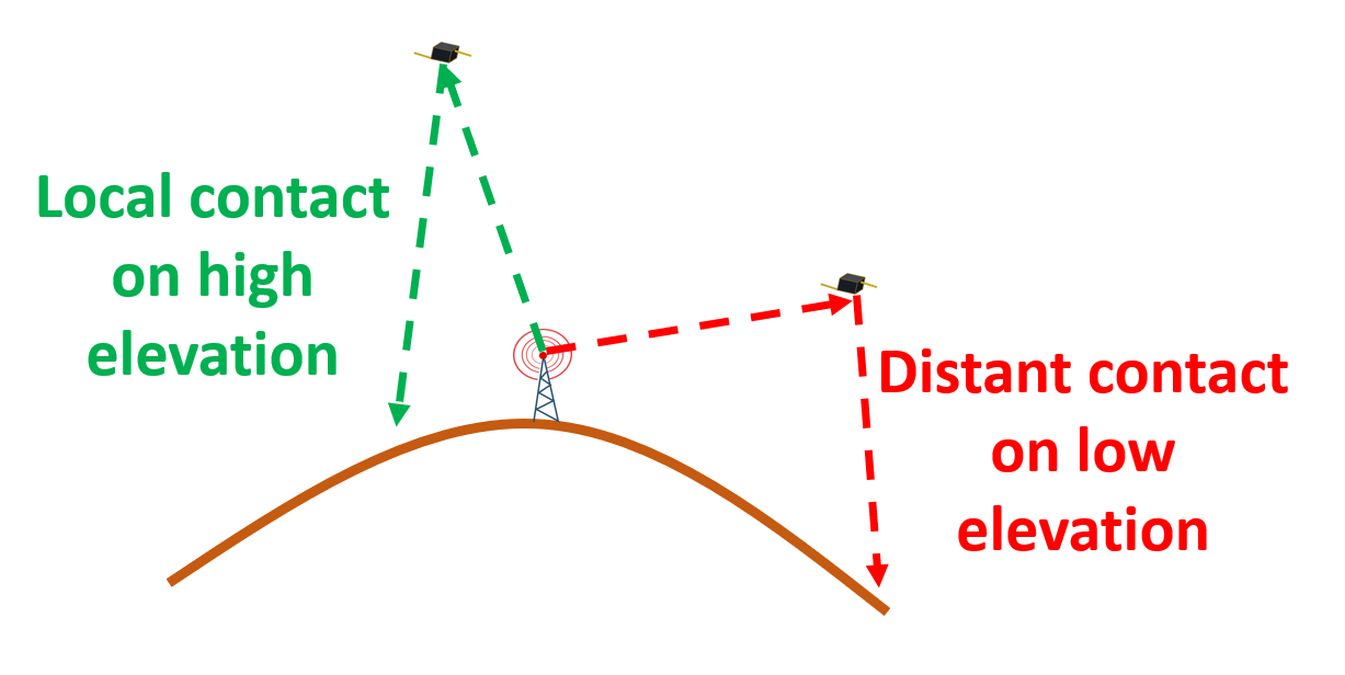
If you are unable to hear your signal on the downlink, which can occur if your antenna or receiving setup is not ideal, better way is to listen carefully and answer CQ calls than calling CQ yourself. Though this might reduce the chances of having contacts a little bit, it is better than causing interference to others. If you can hear your downlink well, calling CQ is certainly a good option. Even then, prolonged calls are to be avoided on satellites as the time available is limited.
An option if you have a good receiving setup and transmitting setup is to have one CQ call each at AOS and LOS looking mainly for DX and two CQ calls near TCA, looking for local stations. Communication during LEO satellite operations are limited to callsign of the other station followed by your callsign, Maidenhead grid location and signal report. Short communciation will allow more operators to utilize the limited pass of LEO satellites. If you have facility to work DX, it may be better that you call back only stations from grids which you have not worked yet.
It is also possible to work LEO satellites from within your shack. Ideal setup needed is a high gain cross Yagi for VHF and UHF along with an azimuth – elevation rotator. If it can be tracked by a computer software, well and good. Doppler tuning can also be automated in high end radios with two way communication to a computer with tracking software installed. Short of these sophistications, multiple frequencies above and below the nominal uplink and downlink frequency can be stored in the memory of the radio and quickly switched during the satllite pass to track Doppler shift. This can be done in both hand held radios and base stations, though it is more useful in hand held radios for outdoor operation as it is difficult to point the antenna as well as tune the radio manually according to Doppler shift. Many tune the radio and turn the antenna listening to the downlink signal in the headphones and talk through the microphone attached to the headset.
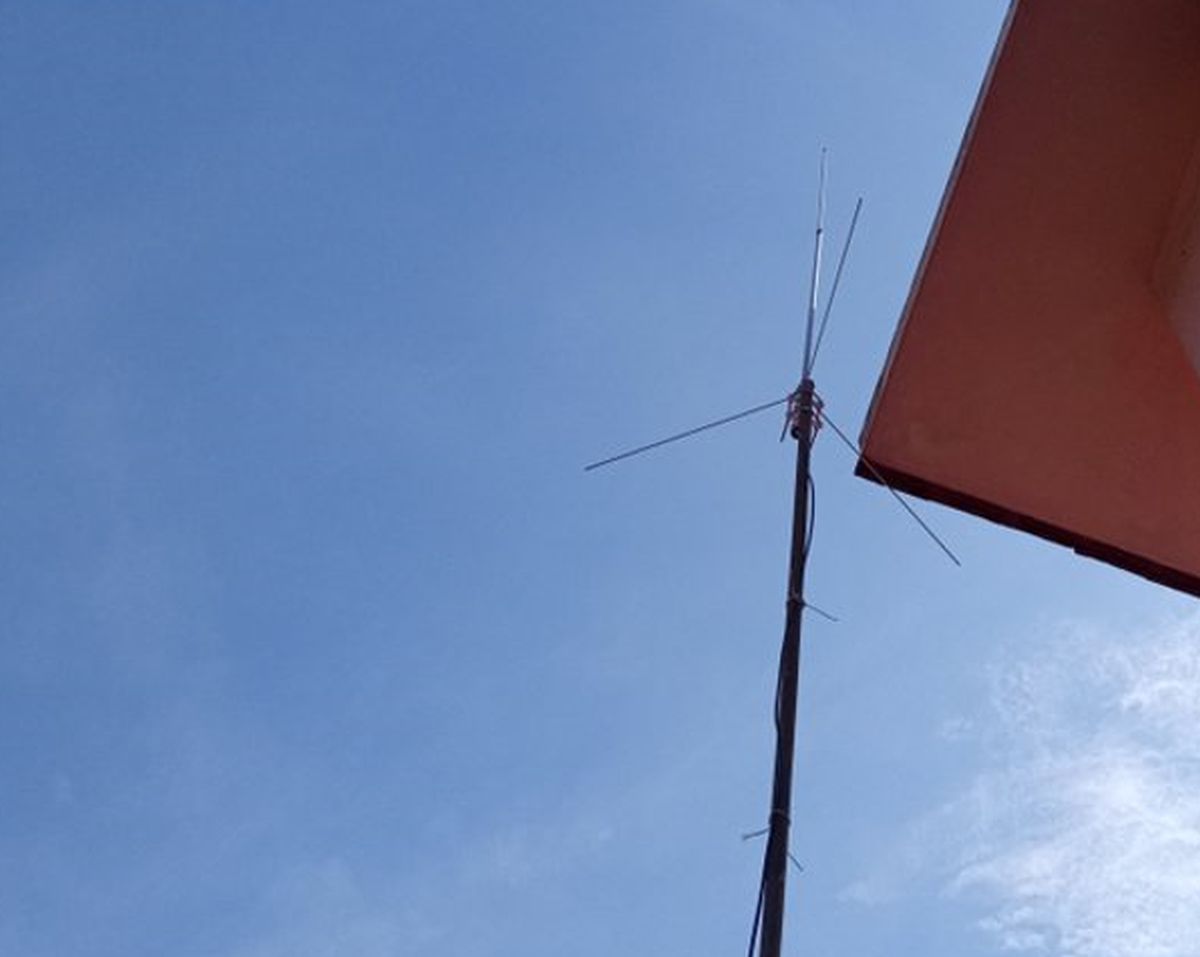
Short of directional antennas and rotators, it is also possible to work LEO satellites from within the shack using vertical antennas and a base station. But this often limits the passes available for working. Most vertical antennas do not work well with low elevation passes nor with vertically overhead passes. They would work with side elevation passes. Yet if higher power is delivered, there could be a situation when your signals would be heard, but you may not be hearing the downlink. To improve reception, use of high quality coaxial cable of shortest possible length is recommended. RG 213 is a good cable, though a bit thick and difficult to maneuver. As long as the reception cannot be improved, be satisfied with replying received calls rather than calling CQ, to prevent interference with other stations.
Using a low noise amplifier (LNA) is also useful. Use of pre-amplifier will bring in other concerns. If it is kept at the antenna location, results are better, but giving power supply needs another line or a Tee bias. A switching system to bypass the pre-amplifier while transmitting is also needed to prevent the output signal from damaging the pre-amplifier. If it is a separate radio for reception, this part is not necessary, though still you need band pass filters to prevent the transmitted signal from overloading the sensitive pre-amplifier.
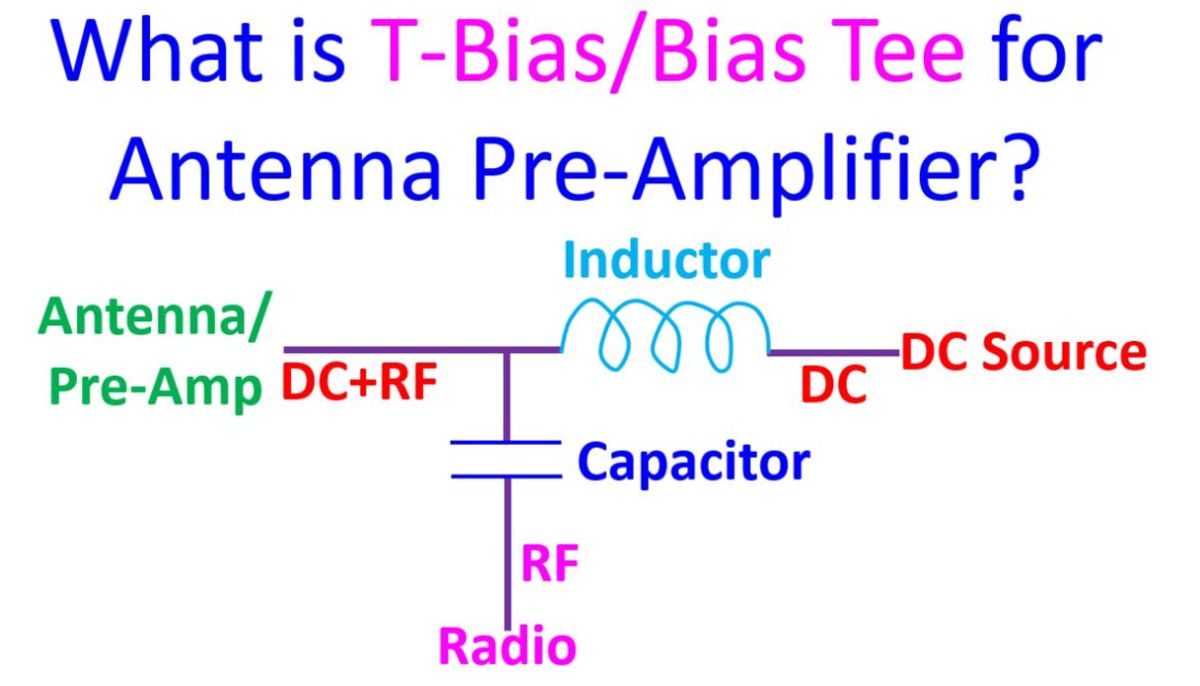
For directional antennas without an azimuth-elevation rotator, another option is to use azimuth only rotator and keep the Yagi at an elevation of 15 degrees. It has been shown by studies that high elevation passes are much less common than low elevation passes. Moreover, low elevation passes permit us to work DX while high elevation passes usually give local contacts. If any rotator is not there, then also keeping the antenna at a fixed elevation of about 15 degrees is useful. Antenna can be turned to the azimuth of the maximum elevation obtained from tracking apps or websites, a few minutes prior to the pass. Waiting for the satellite to come in range to this setup will give about 4 minutes of contact time with that limited setup.
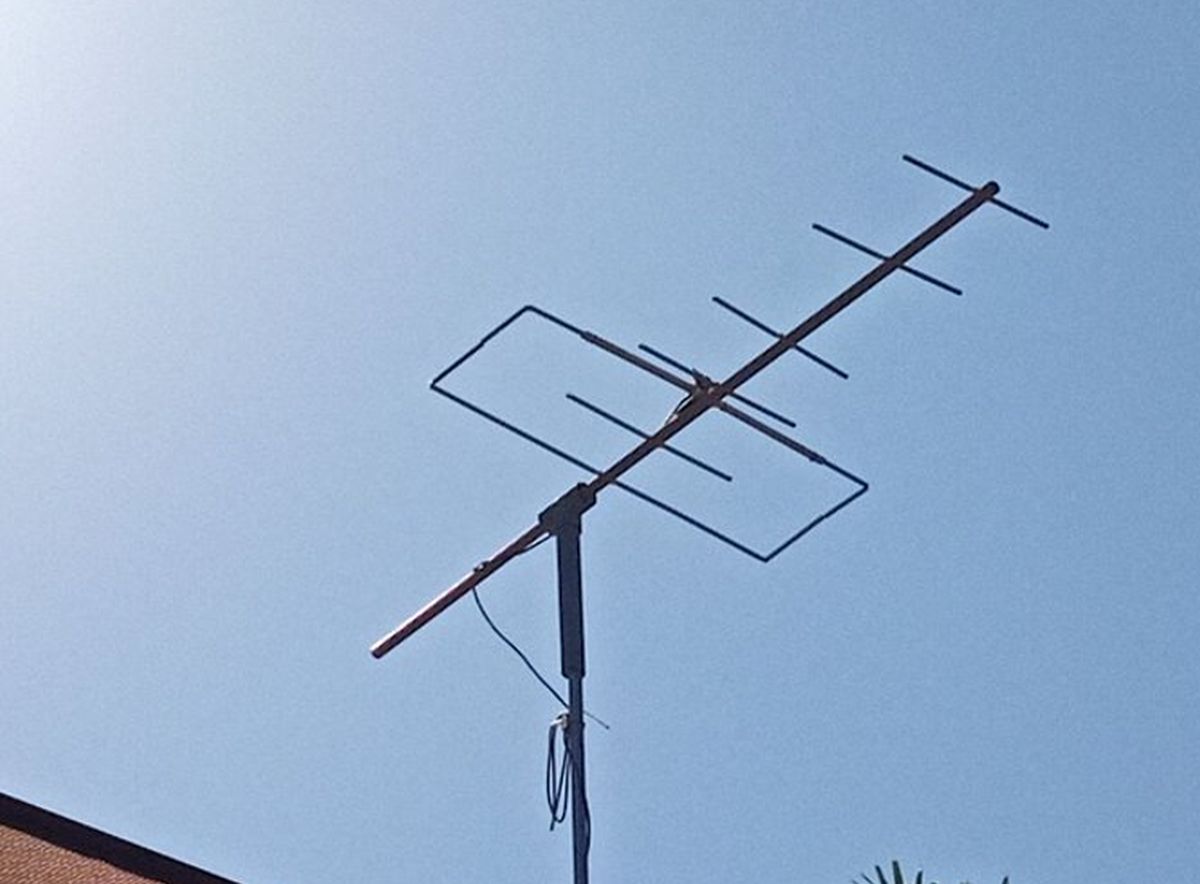
Operators can find out the types of passes which are best for them after observing the passes for a few days. For example there could be physical obstructions like large buildings or trees to one side which would prevent signal transmission to that side. We can avoid trying such passes which could only be waste of time. Similarly, observing the status reports on AMSAT Live OSCAR Satellite Status Page will tell you whether the satellite which you are planning to work has been active recently. This is especially useful for satellites which are activated intermittently or as per certain schedules.
As in many other situtations, a local support group is very useful. Quite a lot of useful information on the currently available satellites, uplink and downlink frequencies, tone for uplink, pass timings, down times etc will be posted on the group by active members. This will also be a venue for clearing your doubts regarding amateur radio satellite operations. Elmers on the group will guide you to better operating procedures and more fruitful satellite operations. In case of local contacts, you will also know which all callsigns to look for in case you hear only a part of the callsign while adjusting the antenna direction or Doppler. There are many more things to be mentioned on satellite operations, most of which have already been posted and you could just browse them depending on your need. If you have any questions, they can be posted below the YouTube video and I shall try to answer.